Container gardening allows great access to grow fruits, vegetables, herbs, flowers, shrubs and even trees when one has a place with at least 6 hours of sun exposure and access to water. The limiting factors? One’s imagination, amount of space and money available.
Container Choices
Containers can be as inexpensive as an empty, recycled quart food container, always with drainage holes added, to mega dollar terracotta planters. The most common types available for purchase:
- Clay pots: inexpensive, fragile, dry out quickly, poorly tolerate freezing temperatures.
- Terracotta: more expensive than clay, last longer, dry out more slowly, poorly tolerate freezing temperatures.
- Ceramic: more color choices, very fragile, poorly tolerate freezing temperatures.
- Plastic: inexpensive and lightweight, become brittle and break unless UV stabilized. Work well inside a decorative pot, lengthens the life of the plastic pot.
- Wood: fairly expensive, even made from redwood and cedar, these eventually rot.
- Metal: cost varies, rust over time.
- Half whiskey or wine barrels: expensive, great size for shrubs and trees, challenging to move.
It’s fun to use old wheelbarrows, old big kettles or canners, even a discarded boot or shoe. Drainage holes a must! Imagination is the limit.
Purchased containers are sized by the diameter at the top of the container or by the amount held. Depth of any container, regardless of the diameter, is going to dictate what can be planted in it. Twelve-inch containers are about the smallest size practical for outside use because of how quickly they dry out. Typically, containers sized by the amount held have a greater depth, even quart-sized containers.
Soil Choice
First, garden or yard soil packs too tightly, shouldn’t be used. The plant roots have difficulty penetrating that compaction and do poorly. Insects, weed seeds and diseases are part of garden soil.
Containers need a light, fluffy planting medium for adequate movement of water and nutrients. There are readily available commercial organic or non-organic planting mediums; disease, insect and weed free. Research no longer advises a layer of coarse material at the bottom of the planter. It creates a barrier, diminishing adequate drainage.
Fertilizing
The most important consideration for fertilization is watching the behavior of the plants! Most commercial planting mixes have slow release fertilizer as part of the mix, some even claiming enough for three months. Keep in mind that some nutrients will flush through with each watering. Non-organic potting mixes have nutrients readily available to plants. If the potting mix doesn’t have fertilizer in it, a slow-release fertilizer is easily mixed in the container at planting. It will still be necessary to use a water-soluble fertilizer every two weeks or so. Watch the plants for slow growth, showing a need for nutrients, or tips of leaves browning, showing evidence of too much fertilizer. If tips of leaves are browning, do several days of water flush to reduce the fertilizer load in the container.
Organic planting mediums will need soil temperatures of 60-85 degrees Fahrenheit in order for the microbes to digest and break down nutrients to the point plants can use them. Supplemental fertilizer may be needed if the medium isn’t warm enough. Check with a local nursery or garden center for liquid organic fertilizers available to provide that support.
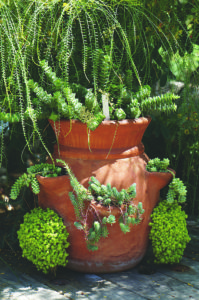
Containers dry out more quickly. Research done at the University of Georgia, presented at the FarWest Ag show in Portland, OR, proved that containers do best with 1/3 of the water needed at noon, the next 1/3 at 3PM, the final 1/3 about 6PM. When the full amount is applied all at once, the water flows over the top of the pot, down the inside edges and into the saucer under the pot. Granted, manually doing that watering regimen is less than convenient. Words like “drip irrigation” and “timer” quickly come to mind.
More Considerations
Plant roots are warmer in containers. Light colored planters help reflect heat for cooler root loving plants. Containers need to be large enough to provide room for the roots.
Vegetables able to handle warm roots:
KEY (1) Quart Container (2) Gallon Container (3) 4-5-gallon Container
- Basil (2)
- Beans (3)
- Cucumbers-bush type (3)
- Eggplant (3)
- Most herbs, excluding mint (1-2)
- Okra (2 with support)
- Peppers (2)
- Summer squash-zucchini, yellow crookneck, patty pan-all bush type (3)
- Strawberries (2)
- Tomatoes (3)
Vegetables that like cooler roots:
- Beets (2-3)
- Carrots (3)
- Celery (3)
- Chives, onion and garlic (1)
- Cilantro (2)
- Collards (2)
- Kale (2)
- Lettuce (2)
- Mint (2)
- Mustard (3)
- Onions (2)
- Peas (3)
- Radishes (2)
- Spinach (2)
- Swiss Chard (2)
Resources:
- Clackamas County Master Gardeners: https://clackamascountymastergardeners.org
- Have a Gardening Question: https:// extension.oregonstate.edu
- P. Allen Smith’s Container Gardens: 60 Container Recipes to Accent Your Garden
- Bountiful Container by Rose Marie Nichols McGee, Nichols Garden Nursery
Laura Huckaba is the owner-operator of Medicine Woman Farmacy, Education Center in the Redland area, southeast of Oregon City. As a Master Gardener, she frequently speaks to gardening clubs, addressing topics they request. She also helps facilitate the Seed to Supper classes sponsored by Oregon State University and the Oregon Food Bank. In her spare time, she’s an RN.
For more info: www.facebook.com/ medicinewomanfarmacy

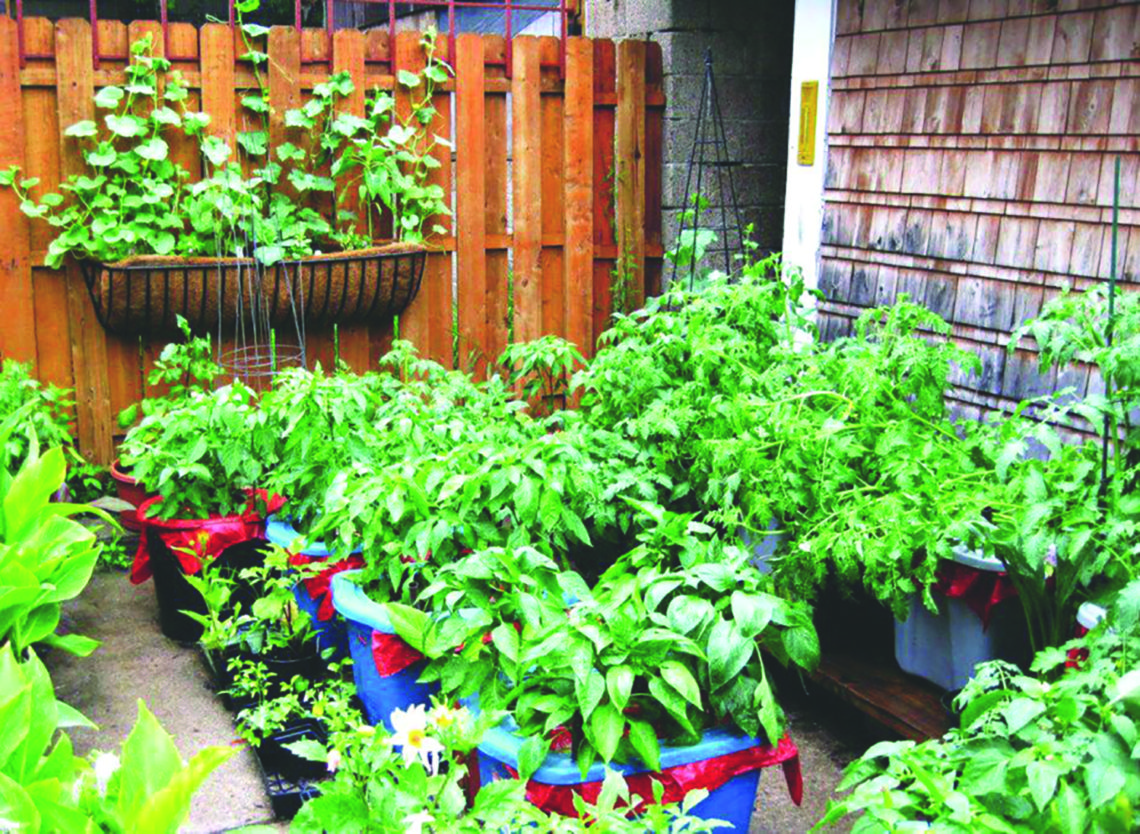


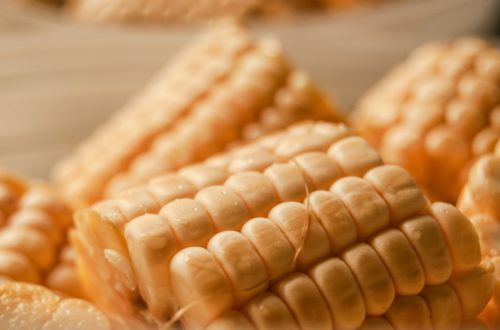
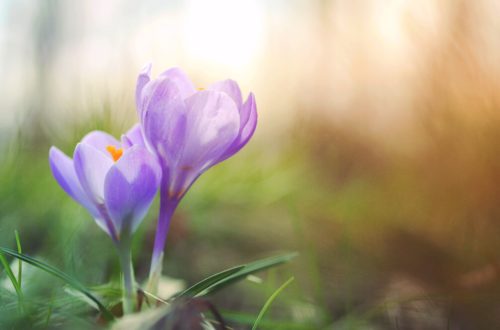
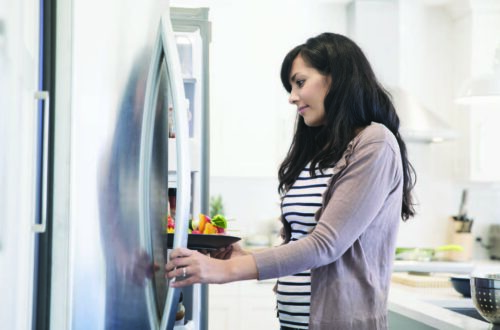
3 Comments
Pingback:
Pingback:
Pingback: